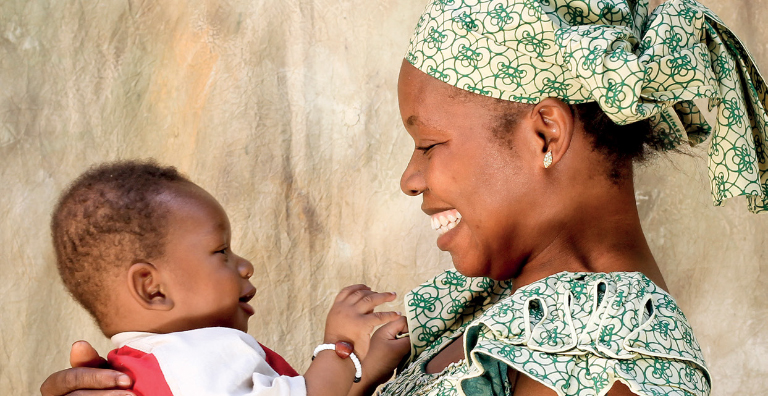5 Reasons for Countries to Implement a Civil Registry
A new school is built because either one doesn’t exist in the area or the current school does not have enough space to accommodate the population of a certain area. The foundation of that decision is often statistics: the number of registered births, the number of school children nearby that might attend that school, the number of inhabitants that might possibly have more children in the future. A lot of public services are based on similar logic, whether it is the healthcare system or public transport or the retirement system of a country.
Identity Begins at Birth
Statistics gathered from civil registries enable governments to receive vital data about their populations. Civil registries usually start with the registration of a birth, where an identity is registered for the first time. Birth registration is also the foundation of that identity as a citizen. At the heart of a civil registry and vital statistics (CRVS) system, how it is officially known, lies a database.
Governments have many databases in place, such as one to issue passports and another to issue driver’s licenses. But a simple database is not enough to prove one’s identity. Some might argue that biometrics could be a solution. But biometrics are not enough to prove that a person is legally entitled to an identity document. The collection of biometrics is also controversial when it comes to minors due to issues of consent.
A CRVS Database Links an Identity to Other Identities
Where some databases hold only individual identities, a CRVS database links each identity with two other generations — their parents and offspring, as well as any siblings. Each of these linked identities are made stronger as they are also linked to their parents, children and siblings. The result is an intertwined network of identities, which is very resistant to fraud — a unique benefit of a CRVS database. A CRVS database can also:
- Verify the data of other databases: As a single source of trusted data, the CRVS database can be used to verify the data in other databases, and act as a step in the verification process of new document applications.
- Plan a country’s infrastructure: Once successfully implemented, numerous data and statistics can be extracted, analyzed and reported, so that countries can accurately plan infrastructure. Many global organizations and individual countries have initiatives for achieving CRVS-related goals.
- Provide temporary identity documents: A CRVS solution can help to register and track movement, especially in the case of a natural disaster. Using CRVS and biometric verification, displaced populations can be provided with temporary identity documents to enable access to emergency medical treatment, food and shelter.
- Bring revenue back to a CRVS authority: Opening a bank account typically requires the presentation of a secure identity document from the applicant. A document is likely to be very secure, but the root of the identity used in creating them may not always be truthful. Commercial organizations may be willing to pay a fee for verification that could help protect them from fraud, which could bring revenue back to the CRVS authority.
Read more about how a CRVS solution can create the foundation of your citizen identity program in our CRVS Solutions Brochure.
Liz O’Brien has worked in citizen identity management for 7 years. During that time, she has implemented civil registry systems around the globe for customers. Before joining HID Global, Liz worked in the same position at De La Rue’s, an identity solution provider that was acquired by HID Global in 2019.
